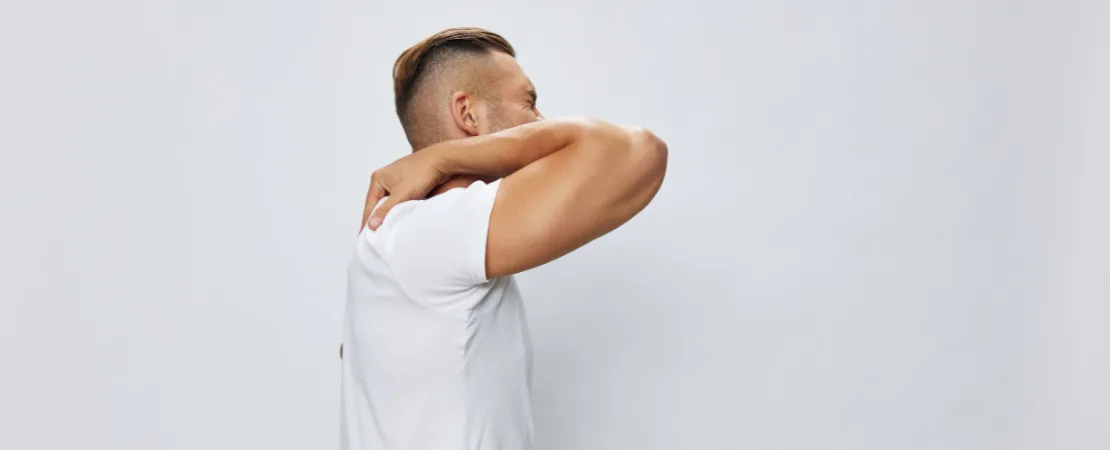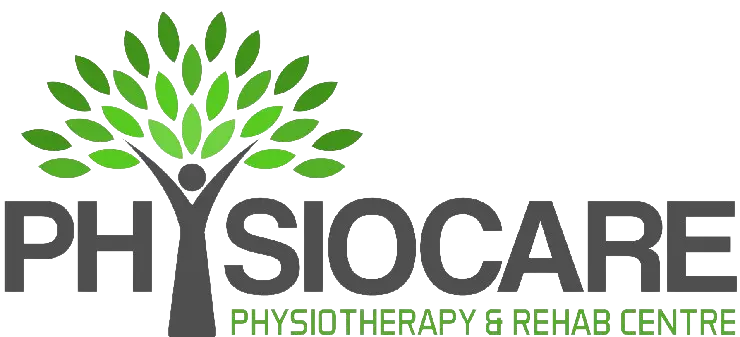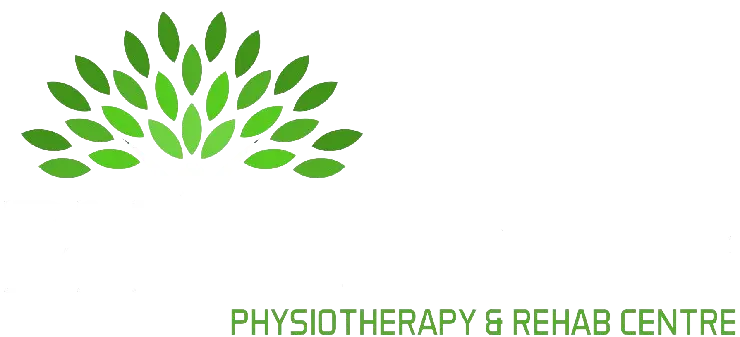
Effective Physiotherapy for Upper Crossed Syndrome Relief
Upper Crossed Syndrome (UCS) is a condition that results from muscle imbalances in the neck, shoulders, and upper back. It occurs when certain muscles become tight and overactive while others weaken, leading to poor posture.
Physiotherapy for Upper Crossed Syndrome Relief
Upper Crossed Syndrome (UCS) is a condition that results from muscle imbalances in the neck, shoulders, and upper back. It occurs when certain muscles become tight and overactive while others weaken, leading to poor posture. This often presents as forward head posture and rounded shoulders, contributing to discomfort and mobility issues.
Causes of Upper Crossed Syndrome
The primary cause of UCS is prolonged poor posture, often associated with modern lifestyle habits. Key contributing factors include:
- Extended periods of sitting, especially at desks or computers
- Excessive smartphone usage, leading to “text neck”
- Weak or underactive muscles (e.g., lower traps, rhomboids, middle traps, deep cervical flexors)
- Tight or overactive muscles (e.g., upper traps, levator scapulae, scalene, pectorals)
- Lack of physical activity or improper exercise technique
Effects on Nearby Joints
The muscular imbalances of UCS can significantly impact surrounding joints, leading to:
- Cervical Spine (Neck): Overactive muscles pull the head forward, causing neck pain, stiffness, tension headaches, and increased pressure on cervical discs, which may lead to degeneration or nerve impingement.
- Shoulders and Upper Back: Weak lower traps and rhomboids result in forward-rounded shoulders, reducing joint stability and increasing the risk of shoulder impingement or rotator cuff issues.
- Thoracic Spine (Mid-Back): The stress from rounded shoulders and forward head posture can contribute to postural issues and spinal discomfort over time.
Physiotherapy for Upper Crossed Syndrome
Physiotherapy in Ottawa plays a crucial role in treating UCS by addressing muscle imbalances, improving posture, and restoring mobility. Key treatment approaches include:
- Postural Education: A physiotherapist will guide you on maintaining proper posture while sitting, standing, and walking to reduce strain on affected muscles.
- Stretching Tight Muscles: Stretching exercises target overactive muscles like the upper traps, levator scapulae, and pectorals to alleviate tension.
- Strengthening Weak Muscles: Exercises such as scapular retractions, rows, and chin tucks help strengthen the lower traps, rhomboids, and deep cervical flexors, restoring proper alignment.
- Manual Therapy: Techniques like soft tissue release, trigger point therapy, and joint mobilizations relieve muscle tension and enhance range of motion.
- Ergonomic Advice: A physiotherapist provides guidance on optimizing your workstation, adjusting posture during daily activities, and incorporating movement breaks to prevent prolonged sitting.
Prevention Tips
Preventing Upper Crossed Syndrome requires maintaining good posture and incorporating corrective exercises. Here are some preventive measures:
- Frequent Breaks: If sitting for long hours, take breaks every 30–60 minutes to stand, stretch, and move.
- Strengthening and Stretching: Balance muscle strength by engaging in exercises for the back and shoulders while stretching the chest and neck.
- Mind Your Posture: Keep shoulders back, the head aligned with the spine, and avoid slouching when sitting or using devices.
- Proper Sleep Position: Sleep on your back or side with a supportive pillow to maintain spinal alignment and prevent forward head posture.
By focusing on proper posture, staying active, and following a structured exercise routine, you can effectively prevent and manage Upper Crossed Syndrome. Seeking professional physiotherapy in Ottawa can provide expert care and personalized treatment plans to ensure long-term relief and improved mobility.
By: Donna Mary Mathew, Physiotherapist
Physiocare Physiotherapy & Rehab centre

